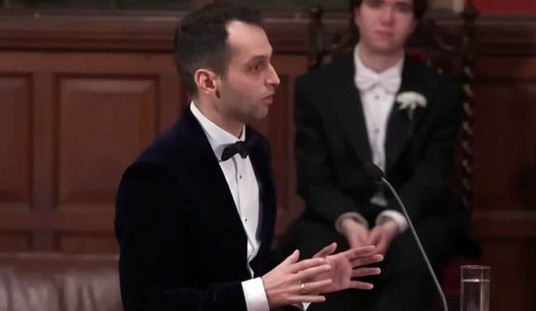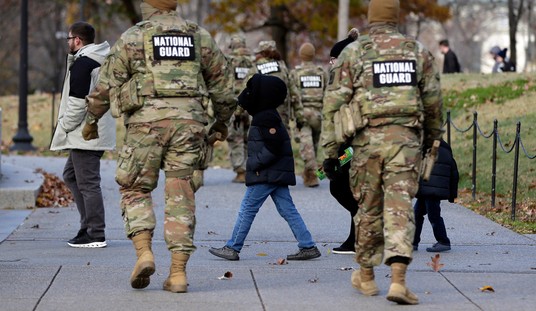Ever since the Supreme Court allowed the federal eviction moratorium to expire at the end of August, many activists have been on pins and needles waiting to see what would happen next. For well over a year we’d heard the warnings about an impending eviction crisis, and it certainly sounded like something that would probably happen. So many people lost their income in 2020 and were unable to keep up with their rent or mortgage payments that there should have been a flood of tenants and homeowners who were simply too far behind to catch up. But now, more than a month after the moratorium expired, the predicted wave of evictions has largely failed to materialize. The Associated Press looked into this mystery yesterday and found that eviction rates really haven’t risen far above pre-pandemic levels. And as hard as it may be to believe, one of the main reasons is that something the federal government attempted to do actually worked. (At least for the most part.)
After a slow start, the pace to distribute the first $25 billion installment of $46.5 billion in rental assistance is picking up. Treasury Department officials said the program had served 420,000 households in August — up from 340,000 in July — and distributed $7.7 billion since January.
Treasury officials said the strong signs of progress came from New Jersey, New York and South Carolina, which at first struggled to get their programs going. New Jersey, for example, sent out no money in the first quarter but now has distributed 78% of its first-installment money and doubled the number of households served in August compared with July.
Spending in Florida increased from $60.9 million in July to $141.4 million in August while South Carolina went from $10.6 million to $25.3 million. New York saw a jump from $8.5 million to $307 million.
From the beginning of the pandemic, many of us realized that there was no easy answer to the eviction situation with so many people suddenly out of work. When the moratorium ended, either the delinquent renters would be unable to catch up and be evicted or the landlords would be unable to recover their loss rental incomes and go bankrupt. The only way to avoid the situation would be to dump the problem on the backs of the taxpayers and bail everyone out.
That’s exactly what happened. In the pandemic rescue package, nearly fifty billion dollars was allocated to send to delinquent tenants so they could pay off their landlords. That money is finally flowing out and the crisis in many areas has been largely averted. Also, as the AP notes, many landlords who could serve eviction notices right now have been voluntarily holding off if the tenant has applied for the federal funding. That generosity is probably cheaper than going through all of the hassle of a court proceeding to evict someone.
Another factor is the fact that there are still localized eviction moratoriums in place in some states and cities. But assuming most of those people also apply for federal aid through the rescue deal, it’s possible that most of them will see their situations sorted out as well.
Yes, there were certainly still some evictions taking place. The AP features a story about a woman who is a grandmother and an exotic dancer (?) who was evicted in Tucson recently, along with her two children and her grandchild. She’s currently staying with relatives while applying for grant money to get a new apartment. I’m sure there are many more of those stories out there.
So what lesson should we take away from all of this? Was it really a wise investment of $50 billion in taxpayer money to settle the debts of these renters and those who were delinquent on their mortgage payments? I suppose the government has done far stupider things with our money in the past, and at least real, working-class people (in many cases) are benefitting from it. And since it was the government’s decision to shut down the economy and cause everyone to lose their jobs to begin with, perhaps that’s where at least some of the responsibility should have been placed all along.









Join the conversation as a VIP Member